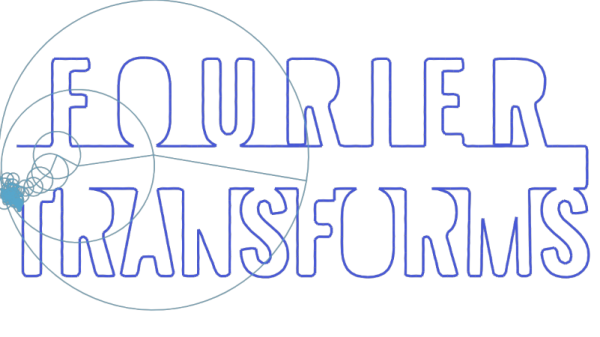When it comes to mathematics, the average person can probably get through most of life well enough with just basic algebra. Some simple statistical concepts would be helpful, and a little calculus couldn’t hurt. But that leaves out a lot of interesting mathematical concepts that really do have applications in everyday life and are just plain fascinating in their own right.
Chief among these concepts is the Fourier transform, which is the key to understanding everything from how JPEGs work to how we can stream audio and video over the Internet. To help get your mind around the concept, [Jez Swanson] has this interactive Fourier transform visualizer that really drives home the important points. This is high-level stuff; it just covers the basic concepts of a Fourier transform, how they work, and what they’re good for in everyday life. There are no equations, just engaging animations that show how any function can be decomposed into a set of sine waves. One shows the approximation of a square wave with a slider to control to vary the number of component sine waves; a button lets you hear the resulting sound getting harsher as it approaches a true square wave. There’s also a great bit on epicycles and SVGs, and one of the best introductions to encoding images as JPEGs that we’ve seen. The best part: all the code behind the demos is available on GitHub.
In terms of making Fourier transform concepts accessible, we’d put [Jez]’s work right up there with such devices as the original Michelson harmonic analyzer, or even its more recent plywood reproduction. Plus the interactive demos were a lot of fun to play with.
[via the Adafruit blog]










